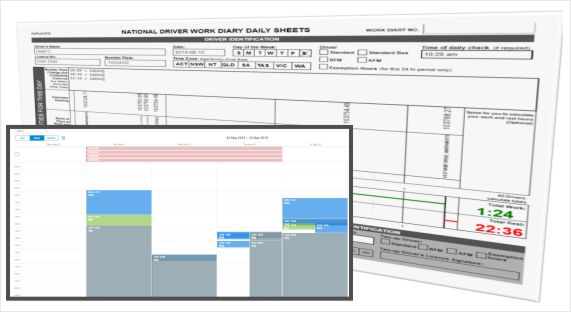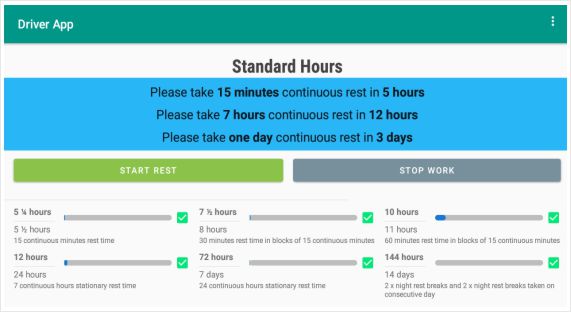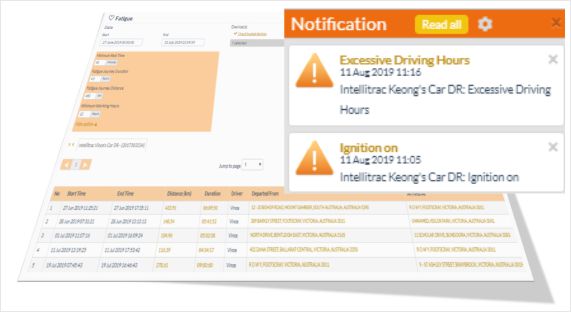Drowsy driving is the dangerous combination of driving and sleepiness or fatigue. Drowsy driving is a major problem in many countries. The risk, danger, and often tragic results of drowsy driving are concerning to both drivers, passengers and other road users. This usually happens when a driver has not slept or rested enough, but it can also happen due to untreated sleep disorders, medications, drinking alcohol, or shift work. Since no one knows the exact moment when sleep comes over their body, falling asleep at the wheel is clearly dangerous, but being sleepy affects your ability to drive safely even if you don’t fall asleep.
Fatigue and Drowsiness:
- Makes drivers less able to pay attention to the road.
- Slows reaction time if you have to brake or steer suddenly.
- Affects a driver’s ability to make good decisions.
Drowsy driving is suspected to be a primary cause in more than 20% of road fatalities in Victoria Australia according to TAC.
Most fatigue-related accidents occur during normal sleeping hours, and the more severe the crash, the more likely it is that the driver or drivers were fatigued. Fatigue is a likely factor in almost one third of single-vehicle crashes in rural areas.
Many people think fatigue is only a problem for long-distance drivers, however it is just as relevant for short-distance drivers.
People generally don't become fatigued from driving. Usually they are already tired when they get behind the wheel from long hours, shift work, lack of sleep, sleep apnoea or physically demanding roles.
Your body can't fight the need to sleep. Chemicals build up in your brain until they reach a tipping point and you will fall asleep.
Causes of drowsy driving:
- A lack of quality sleep
- Driving when you would normally be sleeping (overnight)
- Sleep disorders such as sleep apnoea, a sleeping condition that causes tiredness throughout the day.
- It's important to remember that you can't fight sleep.
Fatigue is easy to detect, with symptoms including:
- Yawning
- Sore or heavy eyes
- Slower reaction times
- Finding you're daydreaming and not concentrating on your driving
- Driving speed creeps up or down
- Impatience
- Impaired driving performance such as poor gear changes
- Stiffness and cramps
- Loss of motivation
How fatigue affects your driving:
Fatigue has a huge impact on your driving and can affect your ability to drive safely, similar to the effect of drink driving. Research shows that being awake for 17 hours has the same affect on your driving ability as a BAC (blood alcohol concentration) of 0.05. Going without sleep for 24 hours has the same affect as a BAC of 0.1, double the legal limit in Australia and New Zealand.
Driving while tired or fatigued can result in:
- slower reaction times
- lack of concentration – errors in calculating speed and distance are common
- reduced vigilance and poor judgement
- nodding off – even for a few seconds can result in dire consequences
How to beat driver fatigue
The only way to address fatigue is by sleeping. Make a choice not to drive when tired or follow these guidelines to prevent fatigue:
- get a good night's sleep before heading off on a long trip
- don't travel for more than eight to ten hours a day
- take regular breaks – at least every two hours
- share the driving wherever possible
- don't drink alcohol before your trip. Even a small amount can significantly contribute to driver fatigue
- don't travel at times when you'd usually be sleeping
- take a 15 minute powernap if you feel yourself becoming drowsy



